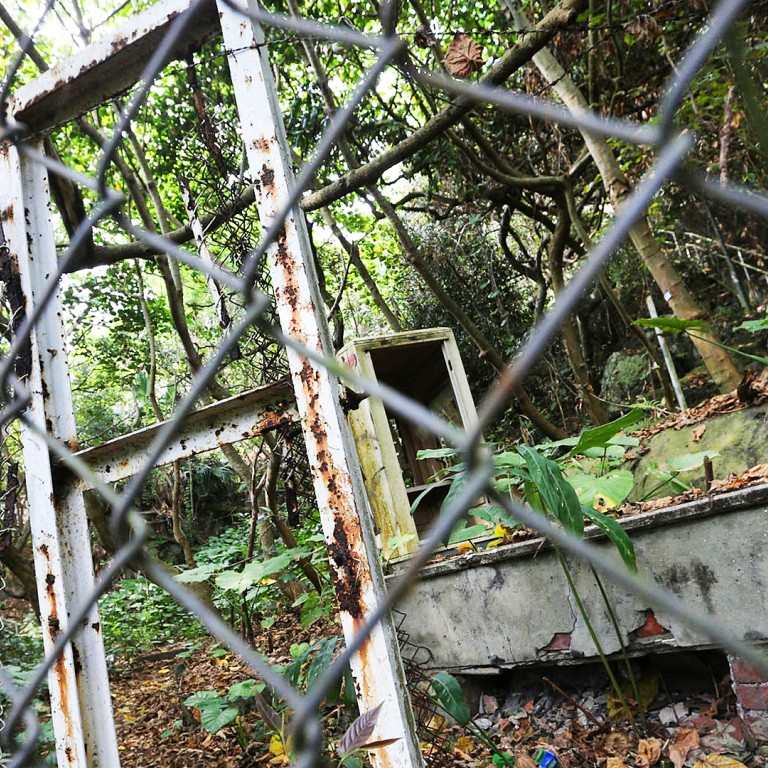
Business school's future Hong Kong site once held left-wing activists and right-wing spies
Victoria Road Detention Centre once housed left-wing activists and right-wing spies, but soon it will accommodate business students
The now-defunct Victoria Road Detention Centre was known as "the zoo" when leftist activist Lau Man-shing was detained there along with fellow activists in 1967. Before that, it held right-wing Taiwanese spies.
Now long disused, the cluster of buildings that was one of Hong Kong's most notorious police facilities is due to become a new campus of the University of Chicago's Booth School of Business in 2017. It will also get a new name: the University of Chicago's Centre in Hong Kong.
Lau, who was one of 52 leftists held at the centre during the 1967 riots, has called on the university to acknowledge the controversial piece of local history at the grade-three historic site, a request he reiterated after the death on Saturday of riot leader Yeung Kwong.
Bereft of nameplates or signposts and unmarked on road maps, the centre's buildings are at the junction of Victoria Road and Mount Davis Road, hidden behind dense greenery and protected by rows of barbed wire.
Watch: Inside Hong Kong's most notorious detention centre
The university intends to preserve three of the existing buildings on the site, and to demolish two others. It will turn one existing building into an 84 sq metre interpretive centre. The Town Planning Board required the school to submit a conservation plan and provide free, regular guided heritage tours. But the extent to which that plan will deal with the facility's time as a detention centre remains unclear.
Peter Li Siu-man, of the Conservancy Association, said the heritage value of the site that held both left- and right-wing detainees had been understated.
The facility was built in the early 1950s as a mess of the Royal Engineers Regiment, on a disused gun emplacement that had been part of the Jubilee Battery built between 1936 and 1939.
Later in the '50s, at the height of cross-strait tensions between Beijing and Taipei, the Special Branch of the Hong Kong Police took it over and used it to hold Kuomintang spies from Taiwan caught smuggling explosives to the mainland.
During the anti-colonial riots in 1967, the same police unit used it to hold 52 so-called instigators under emergency regulations designed to crush morale among leftists and drive leaders of the movement underground.
Those prisoners nicknamed it "the zoo", a reference to treatment they saw as subhuman. In addition to being detained without due process, many were kept in solitary confinement or otherwise deprived of their rights.
Among those held were famous actors Fu Qi and She Wei, as well as Wong Kin-lap, who was headmaster of pro-Beijing Hon Wah College at the time.
The last known residents were political refugees fleeing the mainland after the 1989 Tiananmen crackdown, who were debriefed at the site before being deported.

